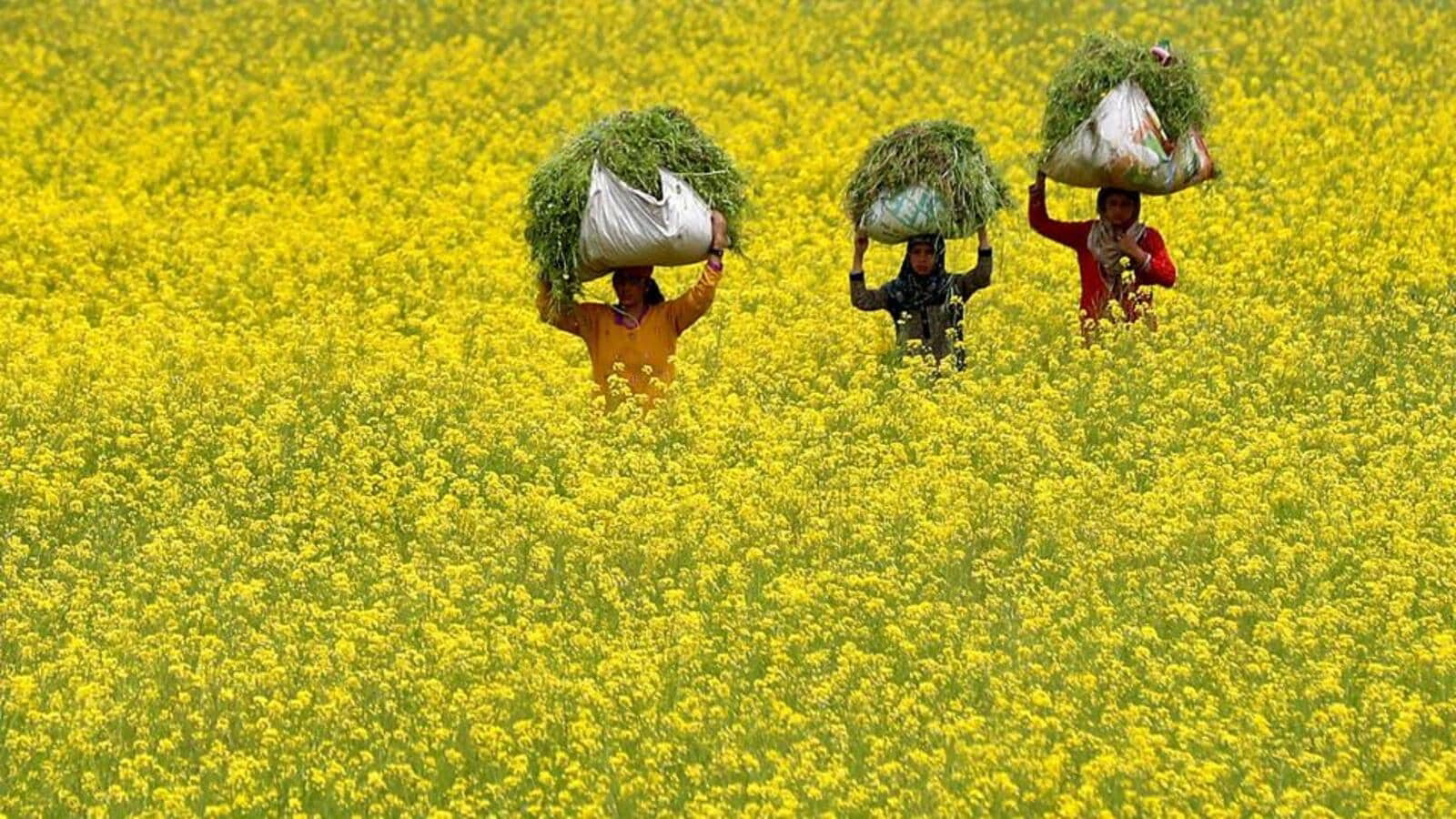Revolutionizing Mustard Farming: Gene-Edited Low-Pungent Mustard
Did you know that the seeds used to make cooking oil and meals for livestock animals hold more potential than you might have thought? In the realm of oilseeds, it's not just about the oil we use for frying and cooking – it's about the meal left behind after the oil extraction.
This meal is packed with protein and forms a crucial ingredient in livestock, poultry, and aqua feed. Today, we delve into a groundbreaking scientific achievement that's set to transform mustard farming in India – the development of the world's first gene-edited low-pungent mustard that is both pest and disease-resistant.
Issues with Traditional Mustard Seeds
India's oilseed treasure trove shines brightest with rapeseed-mustard. This humble seed accounts for a significant chunk of India's vegetable oil production, standing at a remarkable 42.6% (even surpassing soybean at 19.2%). Notably, the leftover meal from these seeds holds a share of 30.3%, second only to soybean's 38.9%, as per data from the US Department of Agriculture. But there's a twist – mustard seeds contain high levels of glucosinolates, compounds responsible for their pungent taste and odor. This has posed a problem as consumers prefer milder flavors.
The situation is even more complex when it comes to the meal. The leftover rapeseed meal is less palatable to animals like poultry and pigs, requiring a mix of fodder grass and water when fed to cattle and buffaloes. On top of dampening their appetite, these high glucosinolate levels can lead to health issues such as goiter and organ abnormalities in livestock.
A Revolutionary Gene Editing Breakthrough
So, what's the solution? How can we have the best of both worlds – flavorful, palatable oil and meal? This is where gene editing steps in. Researchers focused their efforts on specific genes known as glucosinolate transporter (GTR) genes. These genes play a key role in transporting glucosinolates to mustard seeds. Using the remarkable CRISPR/Cas9 gene-editing tool, scientists made precision edits to 10 out of the 12 GTR genes in the "Varuna" mustard variety. This process is like using molecular scissors to precisely cut DNA at specific locations and then letting natural DNA repair mechanisms take over.
As a result, the encoded proteins responsible for transporting glucosinolates were rendered ineffective. The outcome? Mustard lines with significantly lower glucosinolate content, comparable to the quality of canola-quality rapeseed.
The Impact of Gene-Edited Mustard
This game-changing achievement holds immense promise. By reducing glucosinolate levels, scientists have managed to address the pungency issue and palatability of rapeseed meal. This, in turn, could lead to improved feed intake among livestock, sidestepping health problems and the need for complex feed preparations. The gene-edited mustard is distinct from genetically modified (GM) crops. Unlike GM crops, it doesn't carry foreign genes, making it transgene-free. This is a crucial aspect as regulatory approvals and public acceptance often hinge on the presence of foreign genetic material.
Paving the Way for a Sustainable Future
The potential of this innovation is not just scientific but also economic and environmental. India's reliance on imported edible oils comes at a substantial cost. By enhancing domestic oilseed production, these gene-edited mustard lines could play a pivotal role in reducing imports. This could be a major step towards achieving self-sufficiency and bolstering the country's agricultural and economic resilience.
Conclusion
As we marvel at the wonders of gene editing, we're witnessing an agricultural revolution that could change the course of mustard farming in India. The journey from pungent to palatable holds not just culinary implications but also immense potential for enhancing livestock feed quality and boosting the agricultural sector. This breakthrough stands as a testament to human ingenuity and the power of science in shaping a sustainable future.



